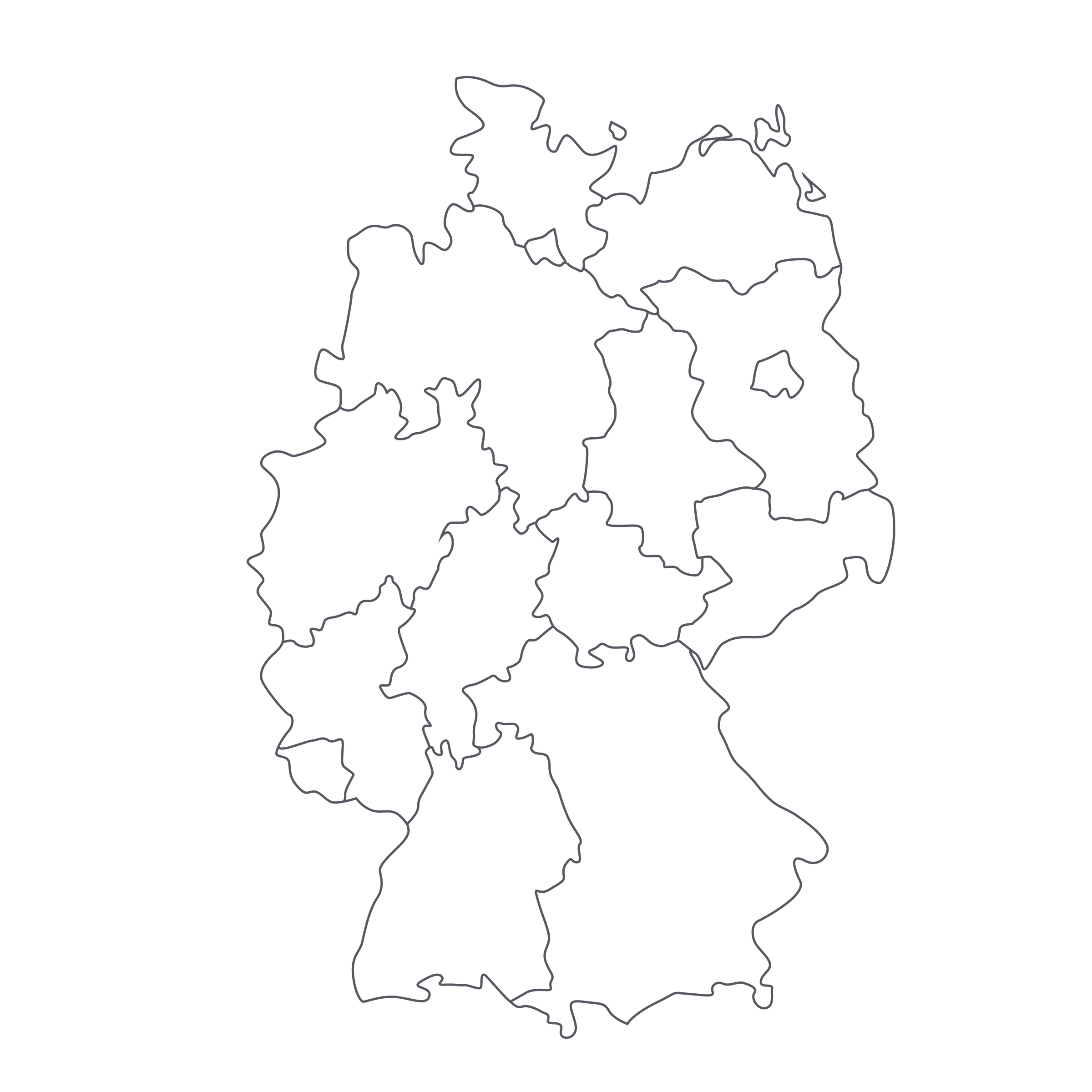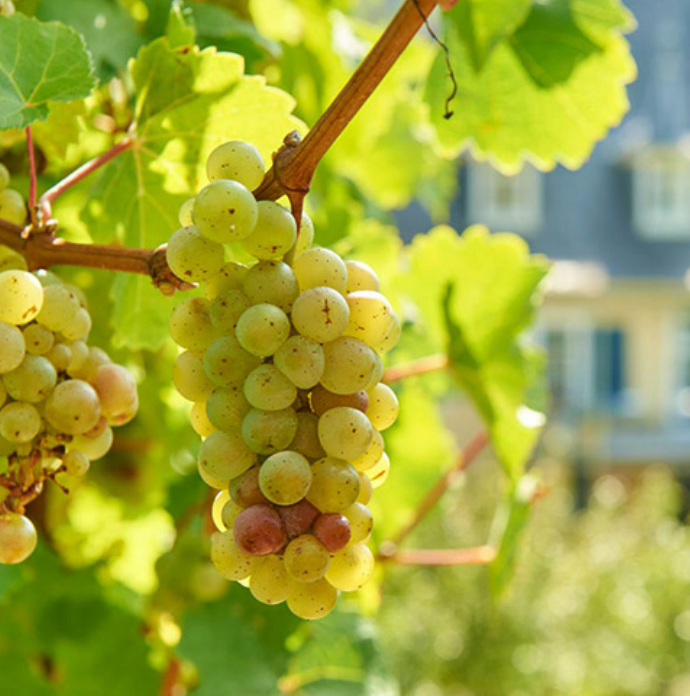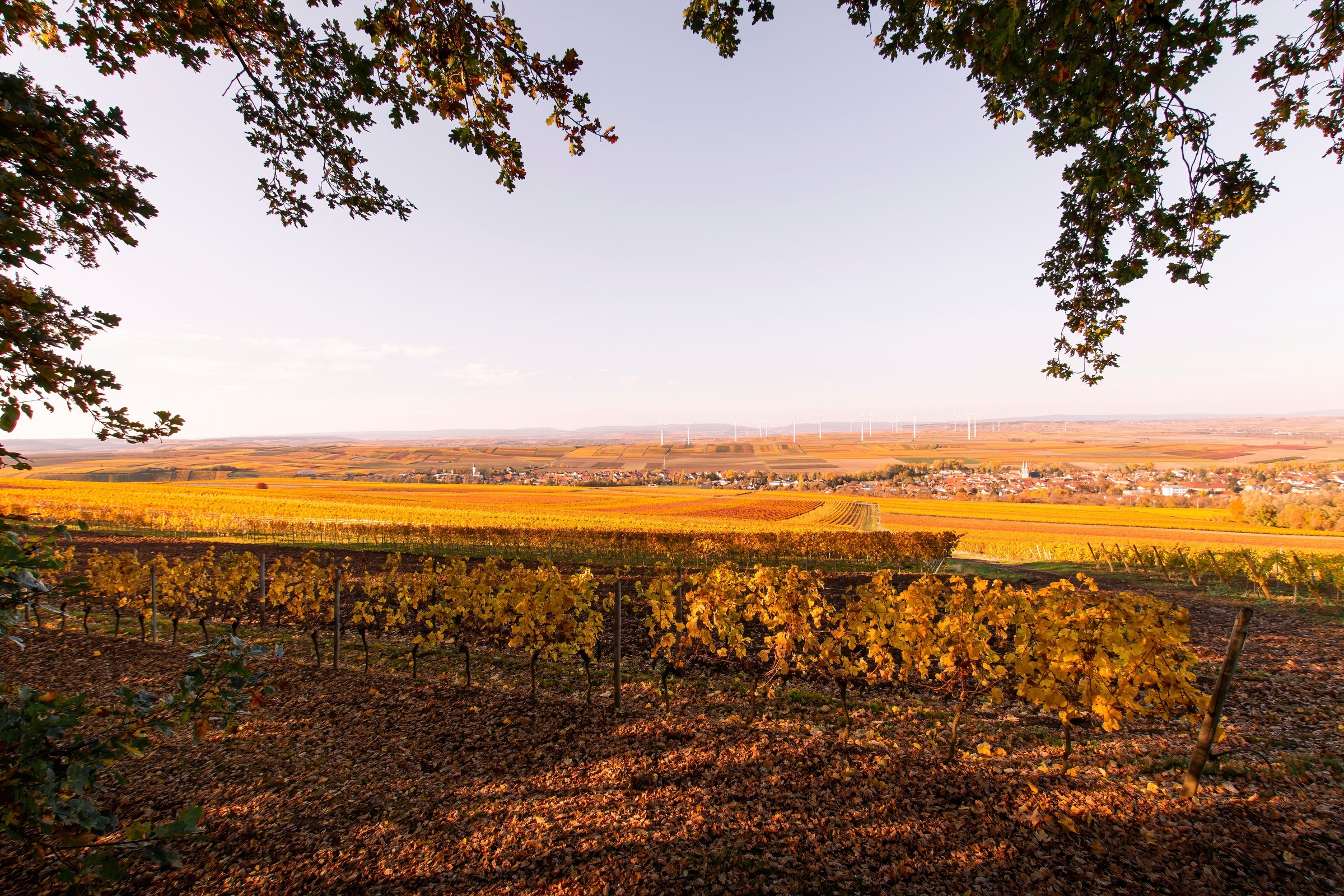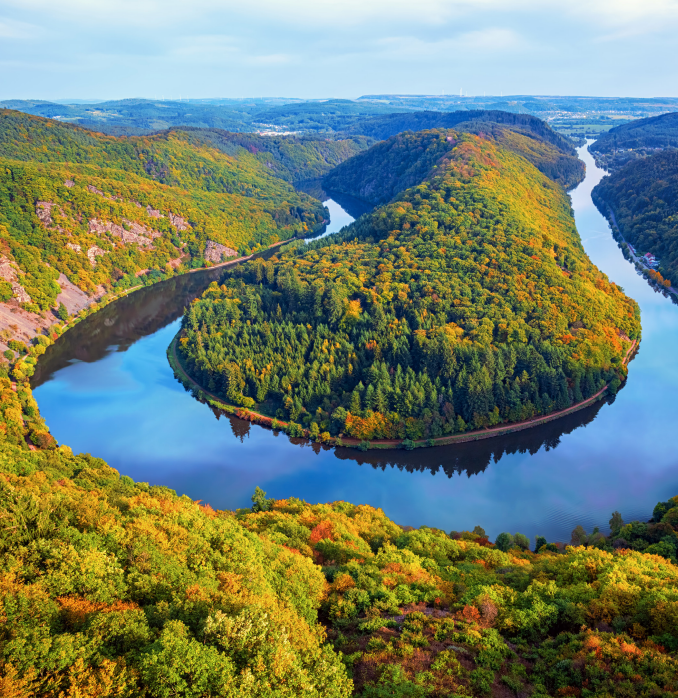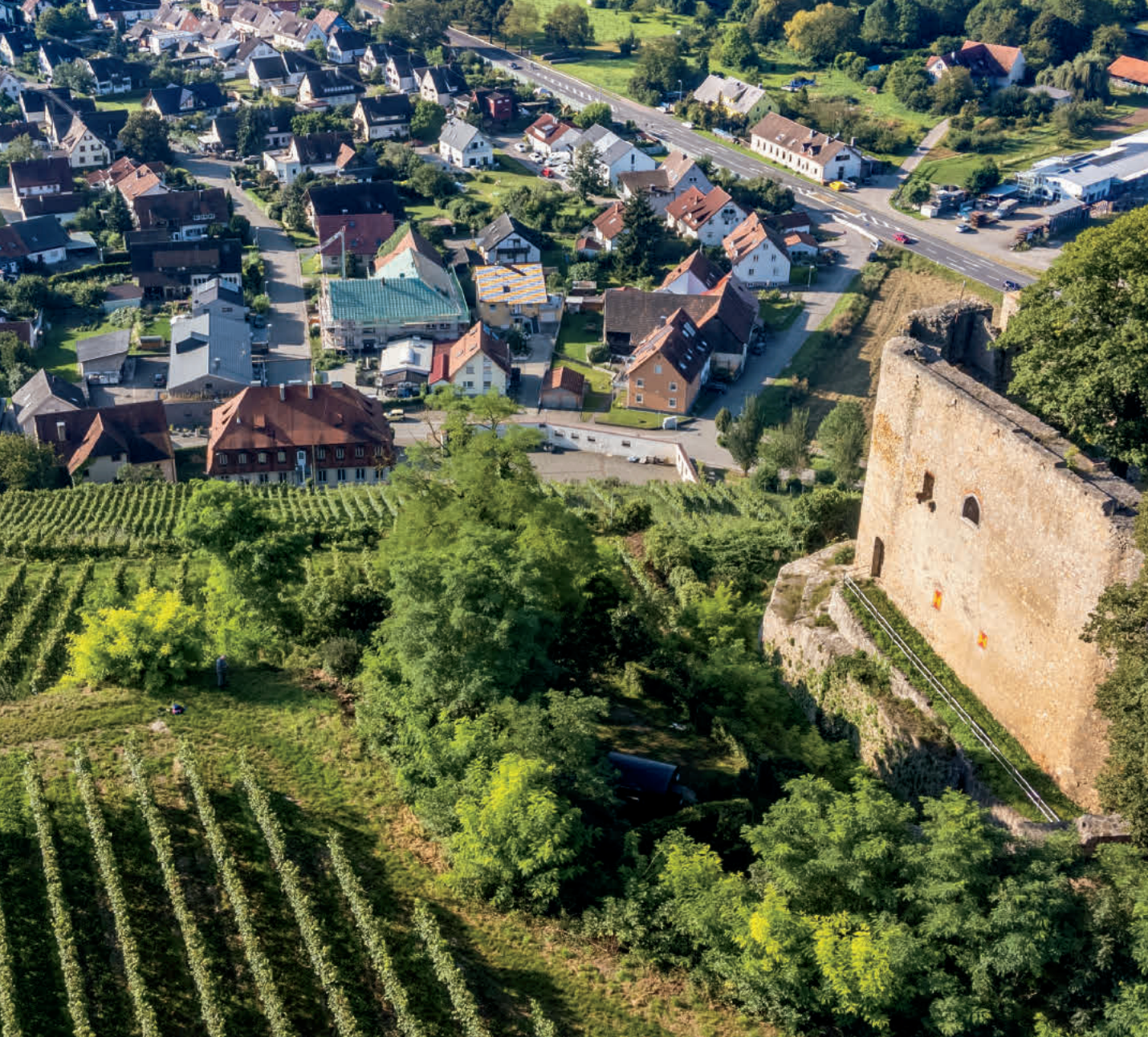Part two of “liter day” is a dry German Riesling from the Pfalz that has all the makings of a well-priced “quaffer.” It is also a perfect white for the season we’re in now and the one that follows. But neither of those attributes sufficiently describe what we’ve got here—namely, an artisanal bottle of Riesling from a small family estate that dates to 1685, sourced from the celebrated Erste Lage (Premier Cru) vineyard of “Burgergärten.”
There are many pretenders to the white-wine value throne, however, when push comes to shove, German Riesling always manages to come out on top right alongside Austrian Grüner. This 1-liter dynamo from Weingut Weegmüller is the latest one to blow me away, but I know there will be others—wines with similarly jaw-dropping quality/price ratios—because German Riesling remains criminally undervalued in our market. I can’t say this urgently enough: Stock up on this floral, electric, bone-dry phenom and reach for it early and often throughout the spring and summer months!
It’s quite amazing what can happen sometimes when you dig into what’s behind the label. Weingut Weegmüller, up until very recently, was run by Stefanie Weegmüller-Scherr, who took the reins in 1988—making her one of Germany’s first female winemakers/proprietors. As noted above, the estate had been in her family since 1685 and is headquartered in the Pfalz village of Neustadt, right next door to the region’s most famous producer, Müller-Catoir. Weegmüller works with many of the same vineyards as Müller-Catoir, in fact, including the source of today’s wine, Burgergärten, a prime parcel just outside Neustadt. Despite the long history of Weegmüllers in the region, the estate remains relatively small, with just 15 hectares of vineyards. There’s no question in my mind that Weegmüller belongs in the same conversation as some of the acknowledged greats of the region—not just Müller-Catoir but Von Winning and Dr. Bürklin-Wolf, too. Don’t let the price fool you!
The Pfalz is one of Germany’s Rhine River tributaries and the wine region that takes its name runs to Germany’s border with Alsace. The Vosges mountain range that shelters Alsace from storms from the West becomes the Haardt mountain range across the border in the Pfalz, so, like Alsace, the Pfalz is a drier, warmer region than some of the other classic regions along the Rhine. Much of Germany’s best Pinot Noir is grown here and in nearby Baden, complementing Rieslings that are exceptionally deep and expressive.
There are times when a wine’s importer does such a good job of describing a wine that I’d be remiss not to share it. This 2020 is rightly billed as a “blossomy thing of beauty,” with a palate impression that is “tender, spicy, dry, and delicious.” It’s important to reiterate that it is a dry (trocken) style, aged in steel and sourced from younger vines in the Burgergärten site, which is known for its soils of weathered sandstone. It is a broad, southeast-facing vineyard, leading to wines of ample concentration but beautifully preserved acidity—the one-two Pfalz punch. In the glass, it’s a pale straw gold with silver and green reflections and an expressive nose of green mango, white peach, lilac, honeysuckle, watercress, and delicate notes of petrol and wet stones. Medium-bodied and mouthwateringly dry, it is at once frighteningly easy to drink and sneakily profound. Serve it at 45-50 degrees in all-purpose stems and, please, be sure to have ample stock on hand. Once you try it, you will crave it again, especially given its unparalleled versatility at the table. Go ahead, hoard—we won’t judge!
